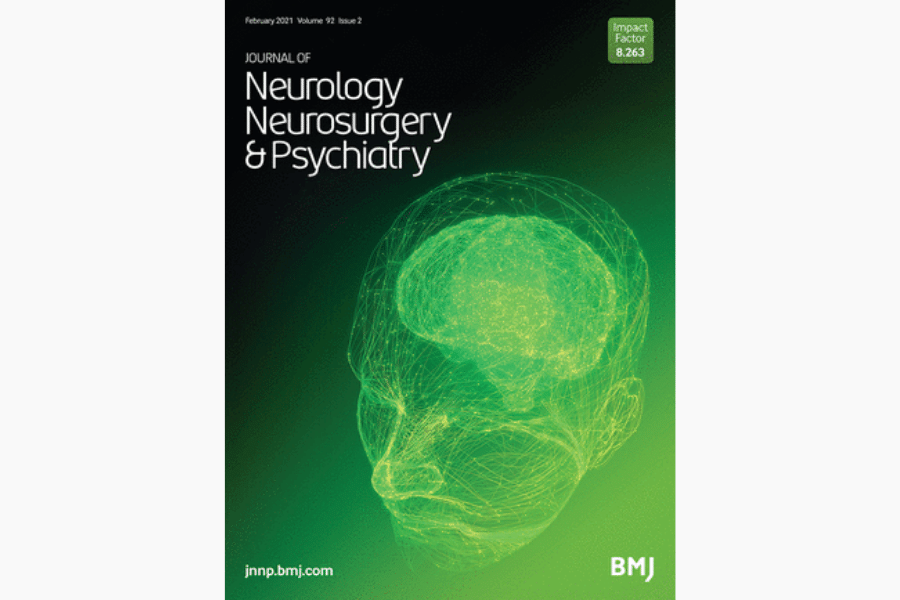
Location of intracranial aneurysms is the main factor associated with rupture in the ICAN population
Journal of Neurology, Neurosurgery & Psychiatry
Fecha de publicación: 15 de enero de 2021
DOI: http://dx.doi.org/10.1136/jnnp-2020-324371
Autores: Olivia Rousseau, Matilde Karakachoff, Alban Gaignard, Lise Bellanger, Philippe Bijlenga, Pacôme Constant Dit Beaufils, Vincent L’Allinec, Olivier Levrier, Pierre Aguettaz, Jean-Philippe Desilles, Caterina Michelozzi9, Gaultier Marnat, Anne-Clémence Vion, Gervaise Loirand, Hubert Desal, Richard Redon, Pierre-Antoine Gourraud, Romain Bourcier
Background and purpose The ever-growing availability of imaging led to increasing incidentally discovered unruptured intracranial aneurysms (UIAs). We leveraged machine-learning techniques and advanced statistical methods to provide new insights into rupture intracranial aneurysm (RIA) risks.
Methods We analysed the characteristics of 2505 patients with intracranial aneurysms (IA) discovered between 2016 and 2019. Baseline characteristics, familial history of IA, tobacco and alcohol consumption, pharmacological treatments before the IA diagnosis, cardiovascular risk factors and comorbidities, headaches, allergy and atopy, IA location, absolute IA size and adjusted size ratio (aSR) were analysed with a multivariable logistic regression (MLR) model. A random forest (RF) method globally assessed the risk factors and evaluated the predictive capacity of a multivariate model.




